The meteoric rise of the Petronas Yamaha Sepang Racing Team since it burst onto the MotoGP scene at the start of the 2019 season has been nothing short of miraculous.
It’s only just preparing to start its third season in the premier class, yet in two short years it’s finished on the podium 14 times, won six races with two riders, and only just missed out on clinching the 2020 world championship with Franco Morbidelli.
And it’s not done with huge challenges yet, having signed the biggest name in the history of motorcycle racing for the upcoming year.
Valentino Rossi will make his debut for the Malaysian team at this weekend’s opening race in Qatar – a remarkable move for a team born in six months and only 33 races old.
It’s that initial timescale that makes the incredible rise to success even more impressive. The squad rose out of nowhere in what must be one of the fastest births of any team in the history of the premier class, never mind one that has since achieved so much in so little time.
The origins of the team date back to the 2014 Moto2 championship, when Swedish former grand prix racer Johan Stigefelt teamed up with Malaysian billionaire Tony Fernendes to expand the AirAsia owner’s Caterham outfit into MotoGP.
“Mid-year Tony Fernandes decided to fold everything. I was like ‘fuck, you build all this and it takes time and effort’. It was shit” :: Johan Stigefelt
“To rewind back to 2012, came back to Moto3 as a team manager with Luis Salom and Brad Binder, and I got a feeling for the MotoGP paddock again,” Stigefelt explains to The Race.
“But after the year I didn’t know if I wanted to continue, as I got married and had my first child.
“But then I got contacted by Mia Sharizman, who at that time was the head of Caterham’s GP2 team and heavily involved in their F1 team. I took a year out and spent 2013 working with Mia setting up a Moto2 team for 2014. It was good timing.”
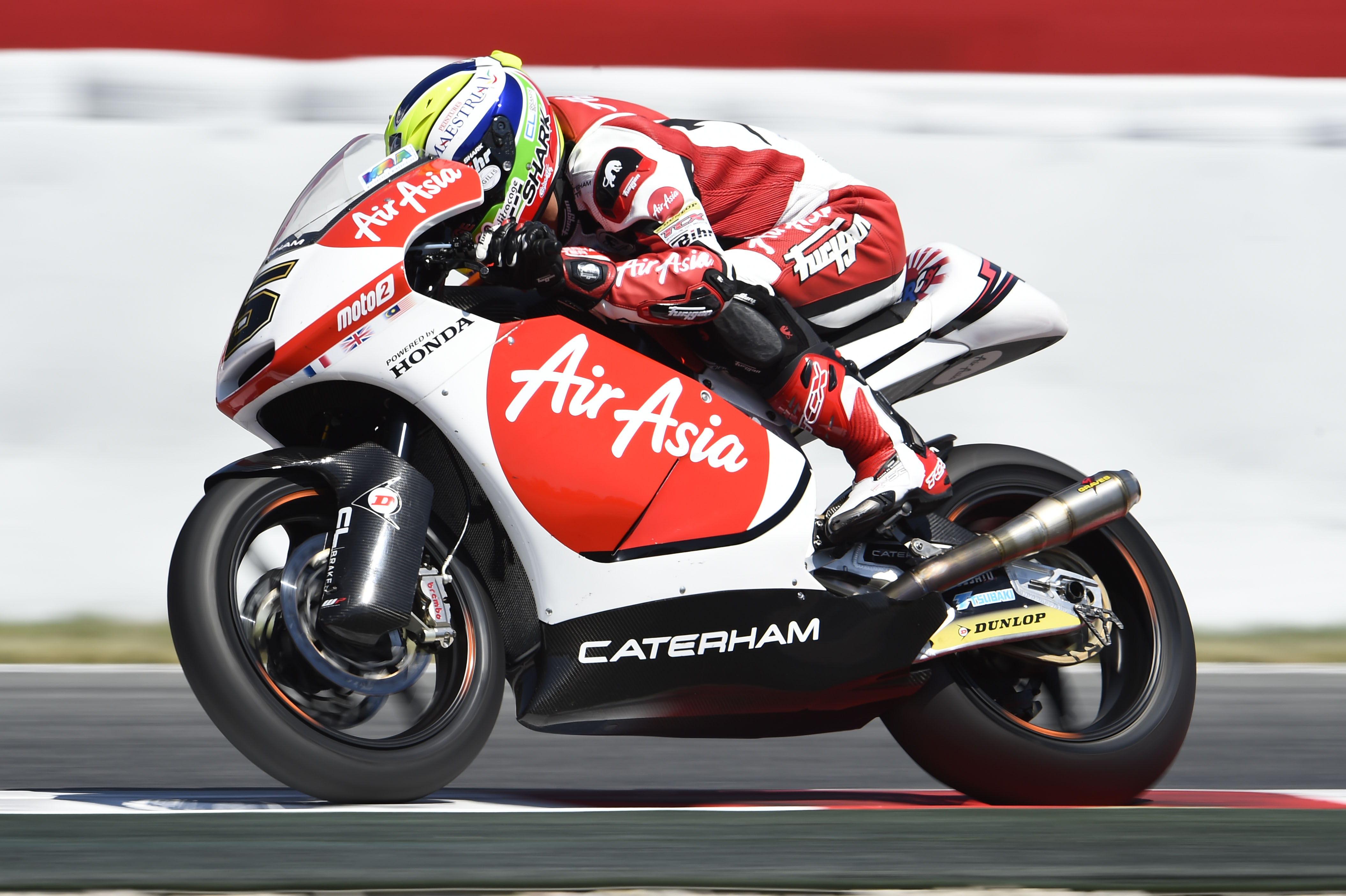
Caterham had a successful debut year in the middleweight class with future world champion Johann Zarco, who came home in sixth. Having built important links with Malaysia in the process, for 2015 the team officially partnered up with the Sepang International Circuit and stepped down to Moto3 in a bid to develop young talent from the country.
“The financial side wasn’t great anyway,” Stigefelt admits, “and then mid-year Tony Fernandes decided to fold everything.
“I was like ‘fuck, you build all this and it takes time and effort’. It’s a lot of work. Fun work, but tiring. It was shit.
“But again, with more nice timing, [Sepang circuit CEO] Razlan [Razali] flew to London and we had a meeting with Mia. We discussed how to save the team, Razlan went back to Malaysia, and pushed the board to create a Moto3 team to develop Malaysian talent.”
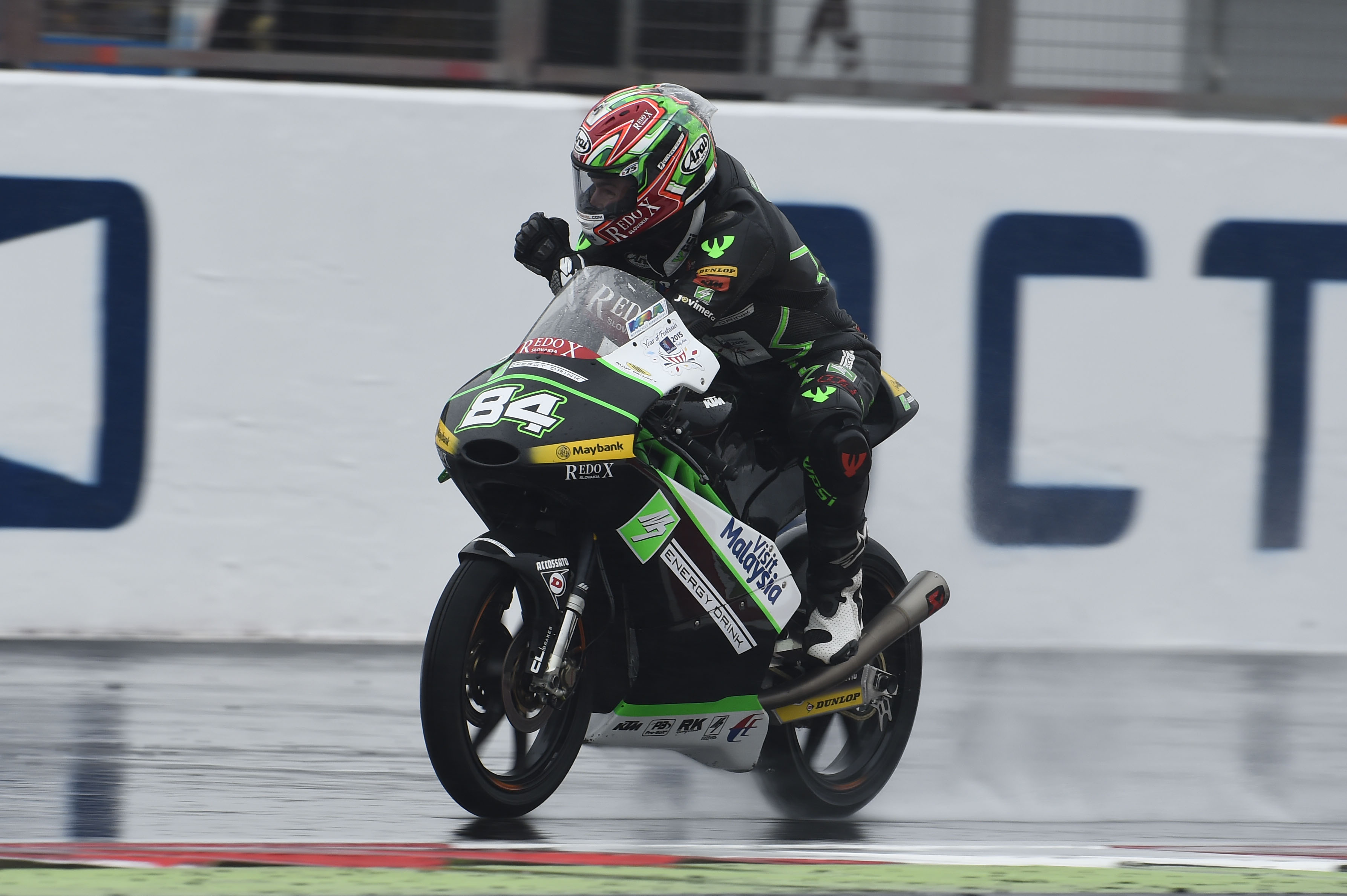
They went on to enjoy a number of successful years there, building on successes with riders like Jakub Kornfeil and Ayumu Sasaki and expanding back into the Moto2 class.
But while they worked to expand the chances for Malaysians in the junior classes, Stigefelt and now-team principal Razali were always quite open about the long-term plans: a move to the premier class.
“We set a target in 2018 that by 2021 we would run a MotoGP team. 2021 was going to be our big year!” :: Johan Stigefelt
“Razlan and I always had big ambitions,” says Stigefelt. “We were always thinking ahead. Of course MotoGP was a dream, but we didn’t have the financial abilities.
“But then at the end of 2017 we started to discuss with Petronas to have Hafizh Syahrin [who ended up being released to jump straight to MotoGP] join the team. And that’s what started the road to today.
“Petronas had a vision of being at the top level, and we explained our vision to them. We set a target in 2018 that by 2021 we would run a MotoGP team.
“I still remember the workshop in the Petronas twin towers where we all wrote down what we wanted to achieve, and 2021 was going to be our big year!”
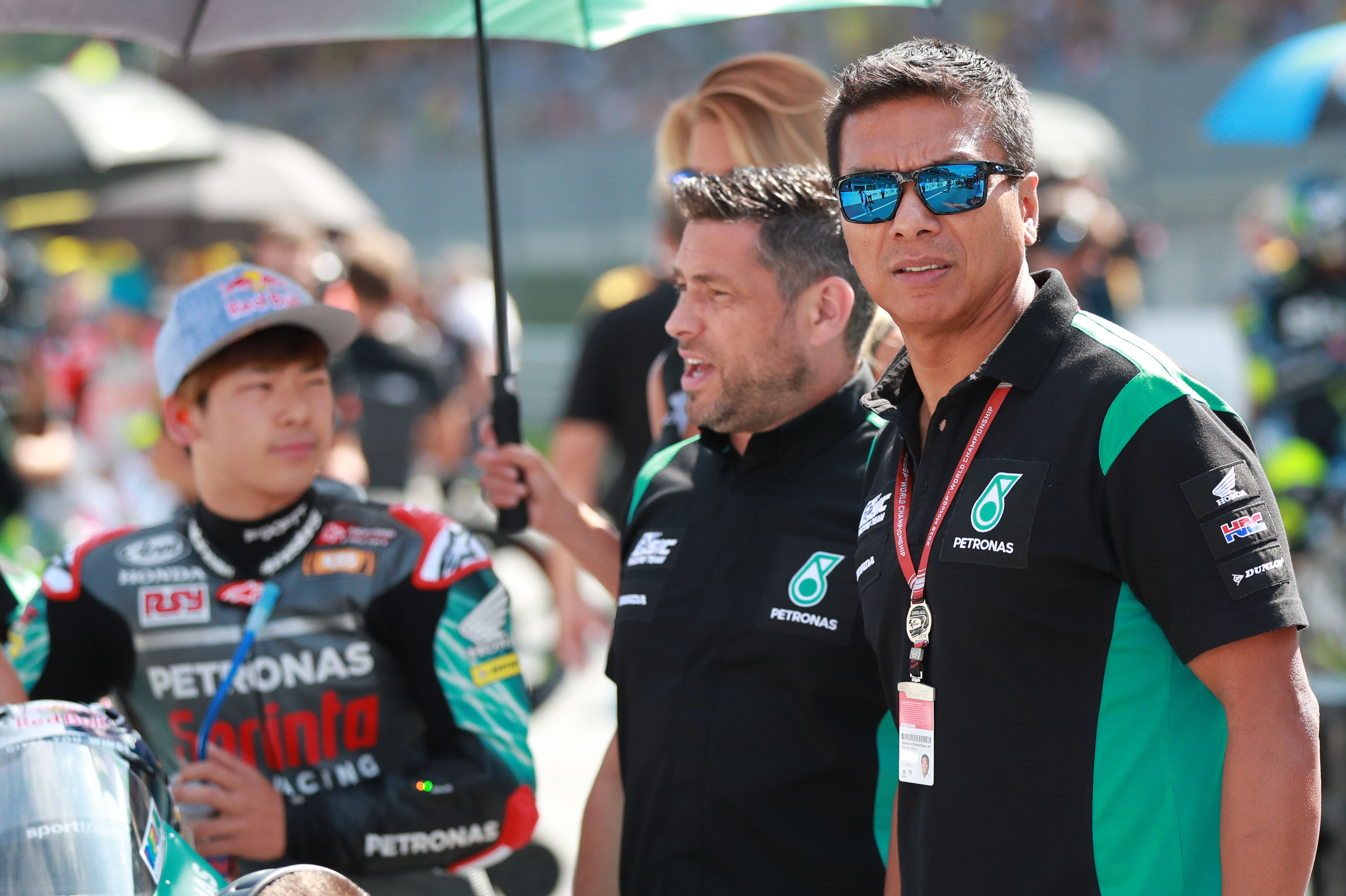
They didn’t have to wait that long, though, with the chance dramatically happening halfway through the 2018 season when it became apparent that one of MotoGP’s teams wouldn’t be able to continue financially into the next season, another ended a decades-long relationship, and a third launched a vicious civil war that led to the squad imploding at a rather opportune time.
Aspar Racing, launched by grand prix legend Jorge Martinez Aspar in 1992, has been a stalwart fixture of the paddock for the best part of three decades. Originally concentrating (like Martinez) on the smaller classes, in 2010 it expanded into MotoGP, first with Ducati machinery and then with Aprilia CRT spec bikes.
By 2018, it had returned to Ducati, running Karel Abraham and Alvaro Bautista – but admitted early in the season that it was planning a return to focusing on the smaller classes. That’s a gamble that has since paid off, with Albert Arenas lifting the 2020 Moto3 crown and Aron Canet starting the 2021 Moto2 season as one of the favourites.
That left a MotoGP grid spot available, and SRT boss Razali moved rapidly to secure it. Though initially announced as a collaborative deal with Aspar’s squad, it soon became clear that it would be a wholly Malaysian affair – if it could find competitive machinery.
Enter Tech3, or rather, team boss Herve Poncharal’s talks with Austrian manufacturer KTM. With Tech3 Yamaha-supported team since 1999, few envisaged a future where the pair wouldn’t be partners.
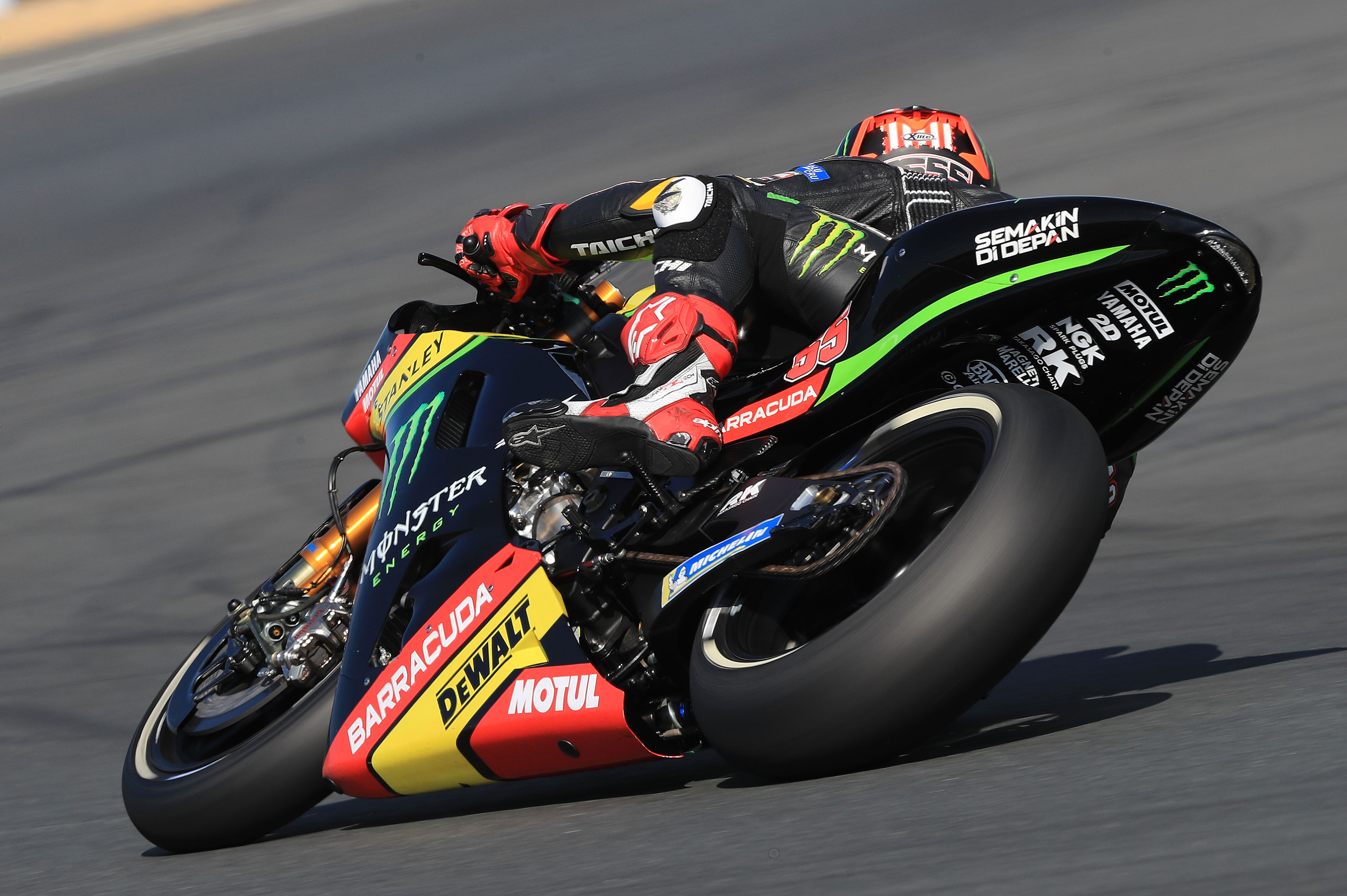
But that’s exactly the bombshell news that Poncharal dropped in May 2018, announcing that his organisation would become KTM’s new satellite team in a desire to switch from his customer status at Yamaha to be a more involved part of a factory set-up.
Those two decisions presented the opportunity needed for Petronas Yamaha to spring into existence, and the team wasted no time putting together the deals that would get it on the grid. Only six months from the 2019 season effectively starting with November’s first tests, it would be a baptism of fire for the squad and things had to happen quickly.
And things did move fast, with first rumours coming to journalists about what would happen and then a torrent of information confirming that the team would indeed expand to run in all three classes for the following year.
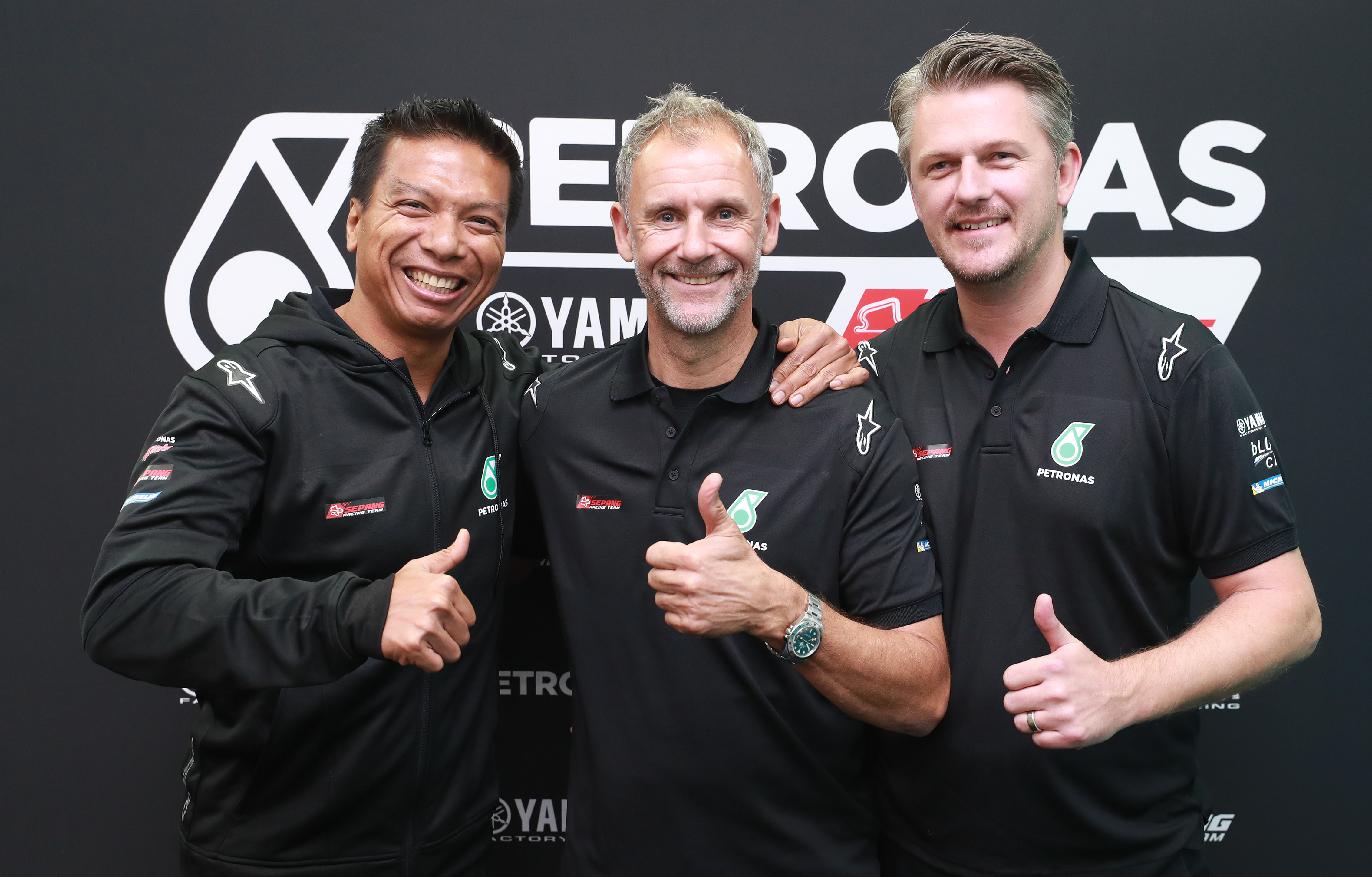
There was even a new name linked to SRT in a management role: former factory Yamaha rider liaison officer Wilco Zeelenberg (pictured centre above with Razali and Stigefelt), a Dutchman with previous world championship winning experience when he ran Yamaha’s supersport team and took the title with Cal Crutchlow in 2009.
“The first one for me was Wilco,” says Stigefelt. “I told Razlan I needed him, because he knows how to manage a team.
“Razlan and I look at the big picture, with sponsors and contracts, but Wilco is a rider coach and he knows how to manage them. You need someone in the garage, and he was the right person. I asked [Yamaha’s] Lin [Jarvis] if it was OK and Wilco was interested from the start.”
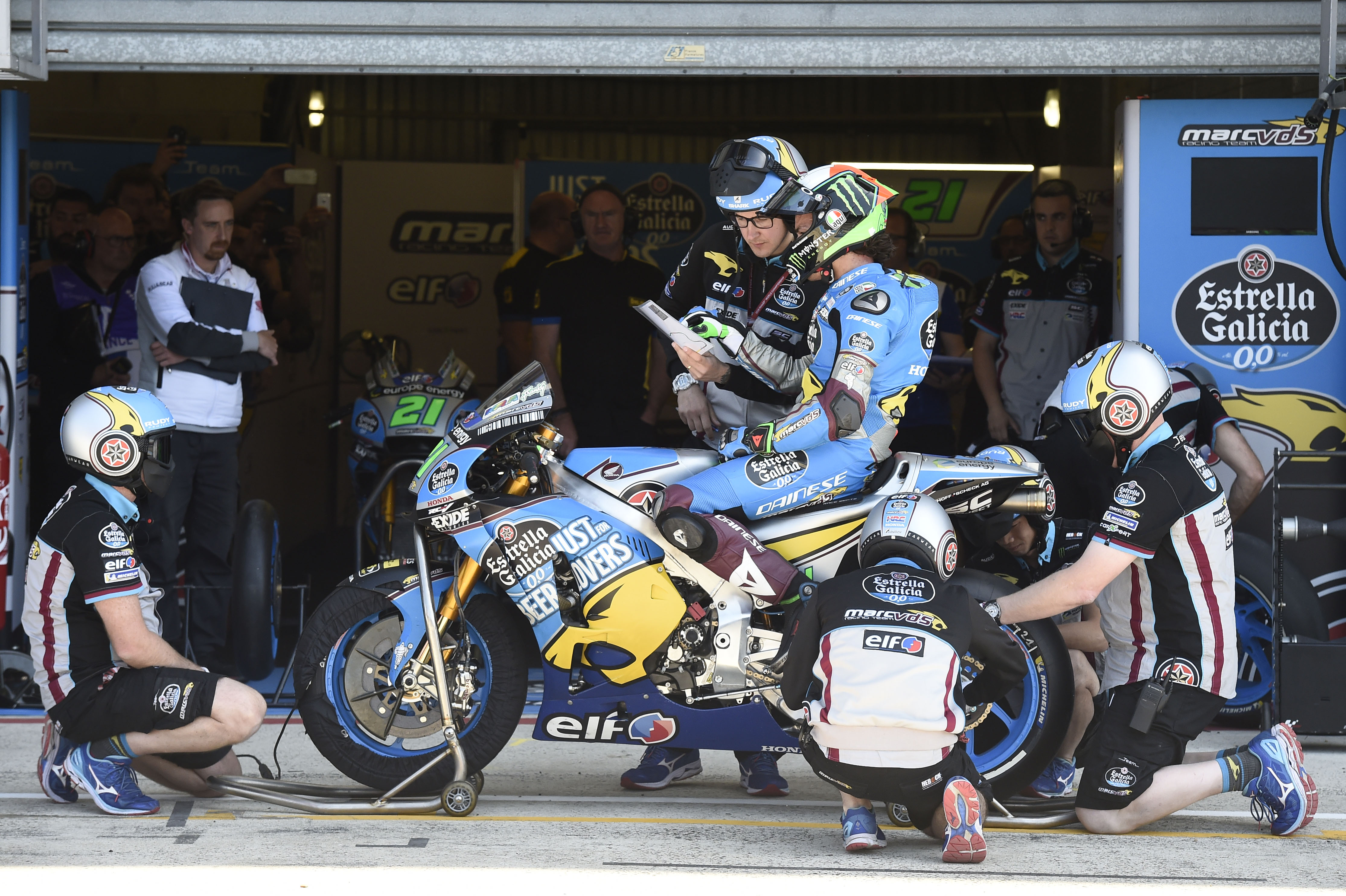
Then, in mid-May, the team was dealt another favourable card by fate, as the Marc VDS MotoGP team practically imploded when boss Michael Bartholomy was accused of financial irregularities by team owner (and Belgian beer billionaire) Marc van der Straten.
That left not just a top level rookie rider in the shape of Morbidelli on the market for 2019 but also a team of world-class mechanics, and the newly-named Petronas Yamaha SRT wasted no time in signing them as a package deal, securing both its first rider and the backbone of the team.
“We got the whole outfit,” admits Stigefelt. “I know that Michael, who was running Marc VDS, was very good at finding people, and there was a good opportunity there.
“We could take over the Aspar spot, Tech3 were moving so Yamaha was available, and Marc VDS was folding so there was a lot of experience and knowledge available.”
Making it clear from day one that the project, while not a true feeder system for the factory Yamaha squad, would all be about developing young talent, they then went on the hunt for a diamond in the rough for the second racer, and found it in the shape of struggling Moto2 rider Fabio Quartararo.
Once tipped as the next big thing after being so dominant in the Spanish championship that rules were amended to allow him to come to Moto3 a year early, he’d since suffered a torrid time as injury and mediocre machinery hampered his rise.
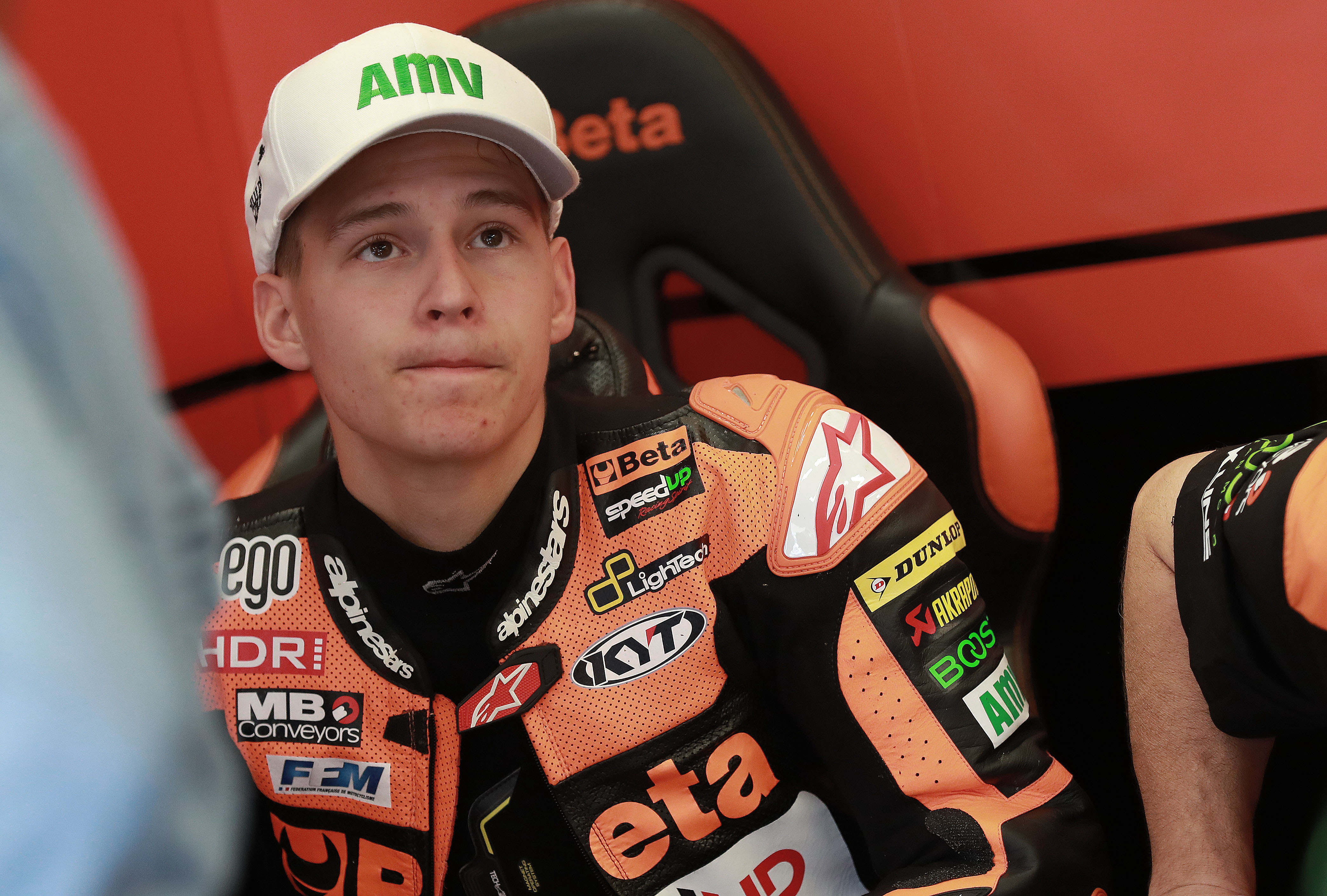
But Quartararo showed a few flashes of genius at the right time in 2018 on a Speed-Up, and came to the attention of the new Petronas SRT management team. Rumour has it upon looking at the raw data from his telemetry, SRT snapped him up in a flash.
“Fabio was, to be honest, a mediocre Moto2 rider,” admits Stigefelt. “He wasn’t a superstar. He can thank his results in Assen and Barcelona [in 2018].
“Of course I know he’s talented, but what he did there was very good and at the right time. It was a gamble, and everyone told us we shouldn’t do it, but we had Frankie and we could take a risk on a rookie.”
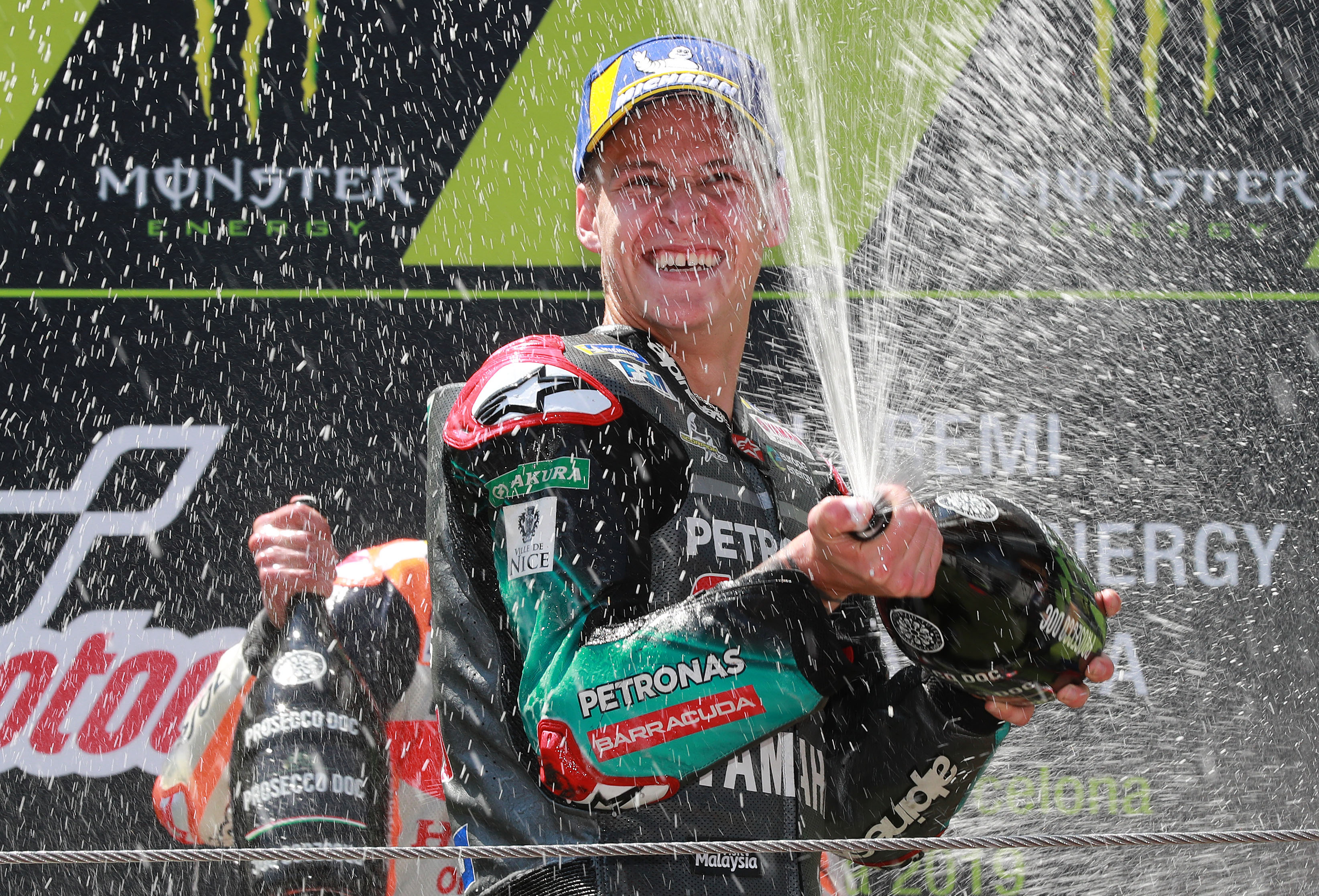
From there on, the rest is history. Quartararo enjoyed an incredible rookie season, quickly becoming the only man in the latter half of 2019 able to challenge Marc Marquez.
Finishing second four times in seven races, he established himself as serious enough to secure a Yamaha factory seat for 2021 before 2020 had begun.
And while last season didn’t quite live up to the hype he established by winning the opening two races of the year, there was plenty to celebrate for his side of the box.
Team-mate Morbidelli has been more of a diesel engine than Quartararo’s two-stroke, taking time to get up to speed but going on an almost unstoppable title charge in 2020. Eventually denied more by bad luck than anything else, he still took three times as many wins as eventual champion Joan Mir.
And those results have helped set the stage for Rossi’s move there for the coming season. Not joining just any satellite team but one that has shown it knows how to win (it took six wins to the factory squad’s lone one last year), Rossi had to be certain before he took the leap – but it looks like he was easily convinced.
Even better, he’s found a new lease of life during testing with SRT and admits that he feels better on the bike at Petronas than he has for a while. So while Petronas might have lost Quartararo to the factory team for this year, it will still have two riders who can challenge for race wins.
“It’s unbelievable how motivated he is, after all these years,” admits Stigefelt of Rossi. “How much hunger he still has to beat all these young kids. It’s not going to be easy, because the starting field is so tough.
“It’s early days, but I think that we will see some surprises from him this year.”







